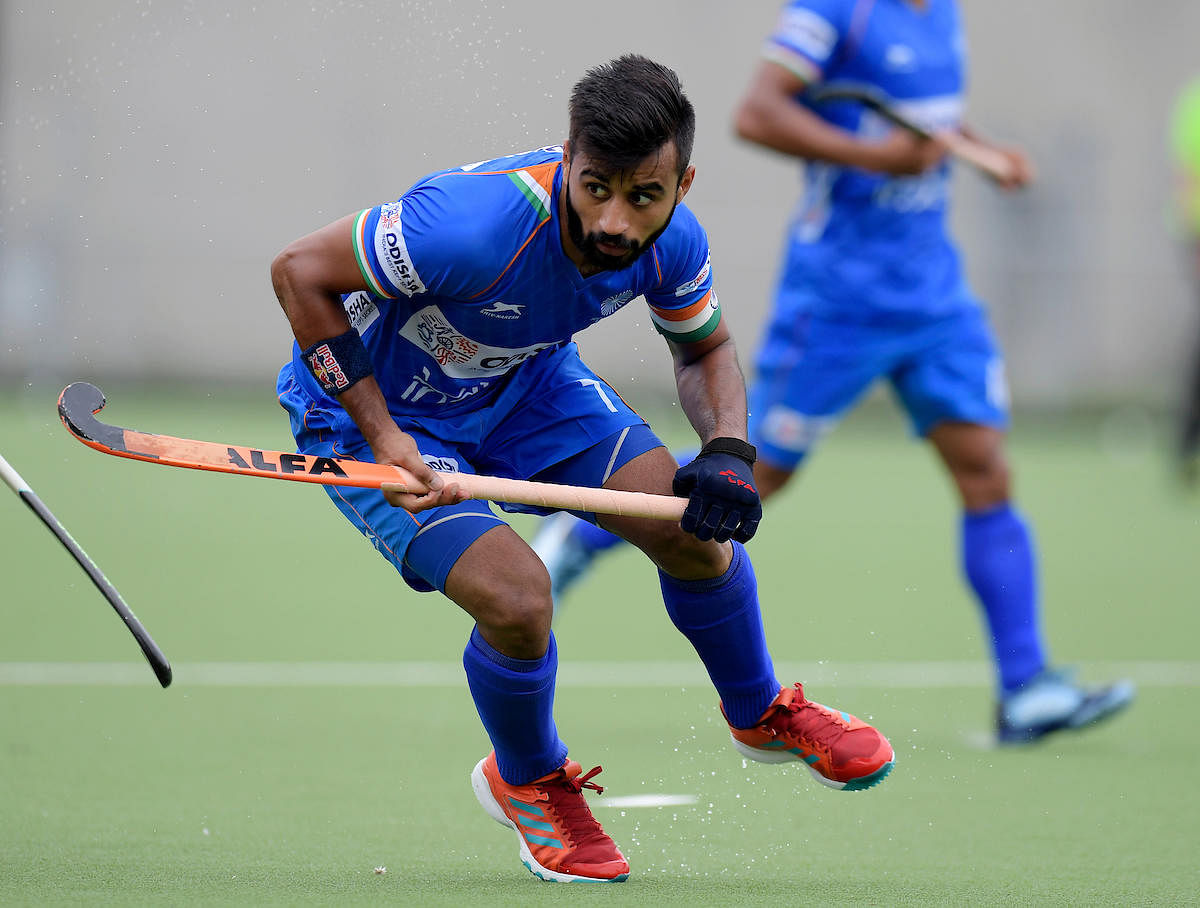
Considering India is a featherweight in modern Olympics (the country has won a grand total of 28 medals), identifying medal contenders is generally an easy task for the media and sports enthusiasts alike. Since the beginning of the new millennium, disciplines that feature in ‘medal hopeful’ discussions are shooting, wrestling, badminton, boxing and weightlifting.
The Indian hockey team, despite being the most successful contributor to the medals tally with eight gold, 1 silver and 2 bronze medals, barely gets a mention in those discussions. And, rightfully so.
Since their last Olympic gold at the 1980 Moscow Games, the men’s hockey has been on a downward spiral with sporadic moments of resurrection. After failing to qualify for the 2008 Beijing Games for the first time in their rich history, the Indian men’s team won the dreaded wooden spoon at 2012 in London and managed to finish eighth last time in Rio. Despite the poor performances at the quadrennial bash over the last four decades, there is a renewed optimism now, largely because of the team’s steady progress under coach Graham Reid and a draw wherein displays in three knockout matches is all that matters.
India have been grouped in Pool A along with defending champions Argentina, powerhouse Australia, Spain, New Zealand and lightweights Japan. Considering four teams advance to the quarterfinals, India should make it through without much hassle despite the presence of Argentina, Australia and Spain.
“If we play well, if we do our things.... We are definitely aiming to jump onto that podium,” reckoned coach Reid during a recent interaction. “What we’ve been talking to the players a lot about is that if you look at the 12 teams that are going to the Olympics, in the last two years we’ve played and beaten all 12 except for Canada we haven’t had a chance to play Canada.”
While the Indians have beaten the top teams in the recent years and have shown some good defensive discipline, what will worry them most ahead of the biggest event his year is the total lack of match practice. Since the pandemic broke out last year, the Indians have largely been cobbled up at the SAI Centre in Bengaluru, just training and training. Even to pick the squad, they had to play intra-squad matches. Having said that, most international teams have endured the same fate and Tokyo will be their first taste of top-level competition.
The Indians have a fine mix of experience and youth and with the fitness levels of the current crop far higher than their predecessors, they have the tools and skills to turn spring another resurrection. It just won’t be easy though, given the Covid worries, the summer heat and humidity of Tokyo and the pressure of playing in the Olympics.
Silent march
Although a majority of the focus is on the men’s team, the women’s team is capable of stealing the spotlight if they can punch above their weight. They are placed in a tougher group and qualifying for the knockouts itself could be a Herculean task. But if they do — which in itself would be an achievement considering the step-motherly treatment they receive in comparison to their male counterparts — then all it takes is one magical performance that would put them in medal contention.
India schedule (group stage): Men: July 24: Vs New Zealand; July 25: Vs Australia; July 27: Vs Spain; July 29: Vs Argentina; July 30: Vs Japan.
Women: July 24: Vs Netherlands; July 26: Vs Germany; July 28: Vs Great Britain; July 30: Vs Ireland; July 31: Vs South Africa.